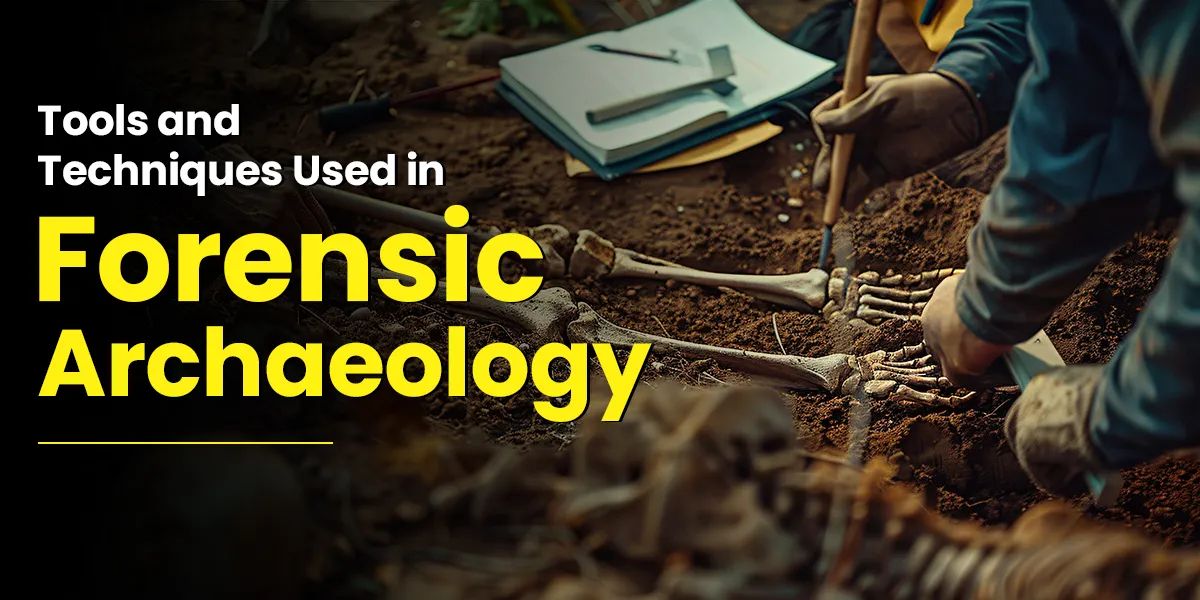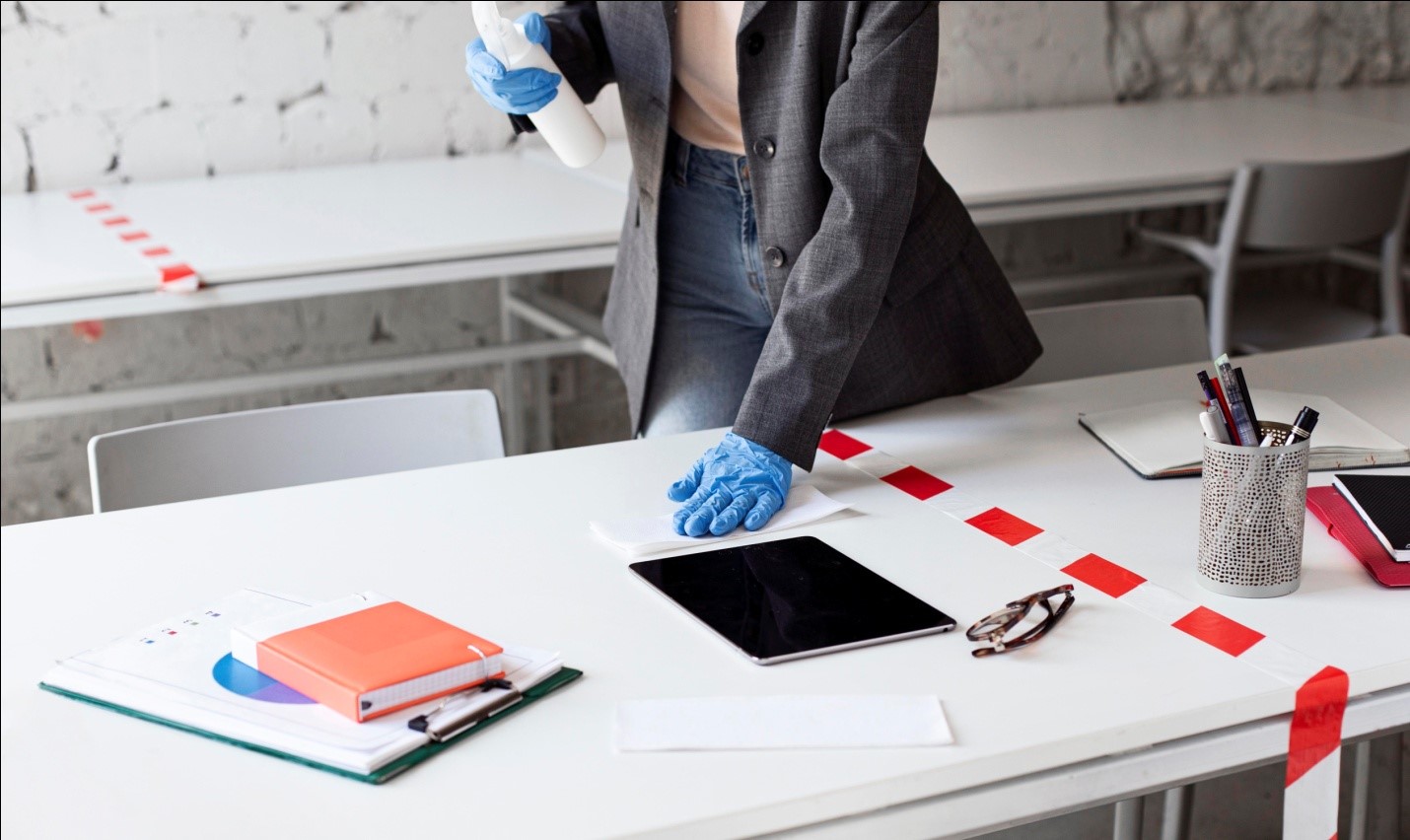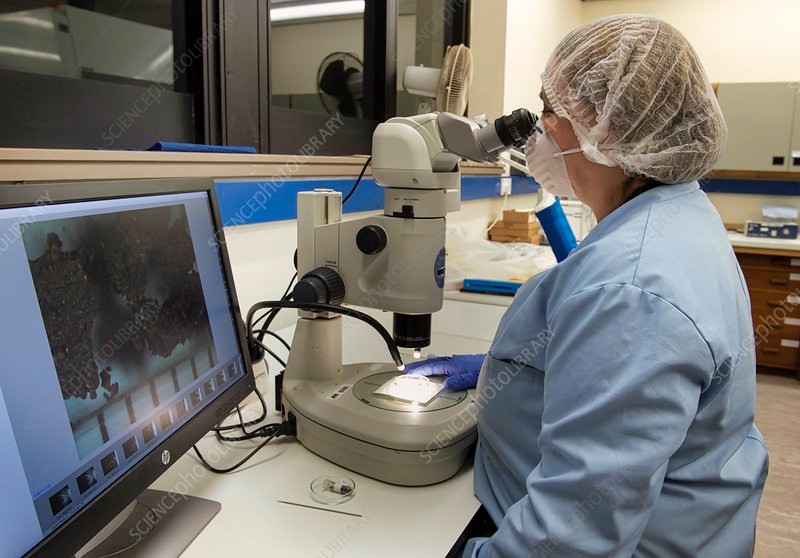
When studying the remnants of ancient human civilizations, archaeologists might use extreme caution. The whole process of finding, examining, and conserving artifacts for the benefit of other researchers and the general public is encompassed in their job. They employ a variety of techniques to achieve their objectives, and being aware of these tools helps demonstrate the significance of their job. This page describes the tasks that archaeologists carry out as well as the equipment they employ.
What does an archeologist do?
An archeologist is a specialist who investigates the artifacts of extinct human societies in order to get further knowledge about them. The following are some of an archeologist's main responsibilities:
- Surveying: Sites that may yield new fossils are surveyed by archaeologists. This includes doing preliminary research on the area by looking at historical and current maps of the area.
- Excavating: While searching for remains to examine, archaeologists might devote the majority of their time to meticulous excavation at a site. This may include meticulous labor to guarantee that everything they discover is undamaged and clean.
- Cataloging: Any object discovered at the present excavation site is noted by archaeologists. By doing this, students may make sure they have the right information to examine when they go back home.
- Presenting: Archaeologists utilize the knowledge they uncover to formulate theories about ancient civilizations after carefully examining the relics they have uncovered. They present their findings to the public and other scientists after completing their investigation and formulating their theory.
Tools and Techniques
In this section, we have listed some well-known tools and techniques that are used in forensic archaeology. So, let's read further!
Finding the Crime Scene
Forensic archaeologists are occasionally asked to assist in the hunt for a missing person rather than only being brought in after a scene has been located. Remote sensing methods including thermal infrared multispectral scanners, soil resistivity, aerial photography, and ground-penetrating radar are some of the first instruments they could employ to investigate the region. Search and rescue teams, trained police dogs, and volunteers can assist in searching an area for suspicious items like as scorched ground or bush, clothes, leaves, mounds of dirt, or boulders, variations in the surface of the soil, or any other odd or out-of-place discovery.

To enable a qualified forensic archaeologist to examine the area, any of these items or anything a tracking dog responds to is tagged. To find out if some soil seems looser than the surrounding soil, archaeologists frequently use a probe that is inserted into the earth at regular intervals. This might be the result of someone burying something, or it could be the consequence of an animal hole or other natural events. Another way to determine whether the earth has been disturbed is by auger surveys.
Excavating the Scene
Depending on the size and kind of the job, excavation at a site, such an archaeological dig or crime scene, uses a variety of instruments, from hand tools to large machines. While big machinery like excavators and trenchers are utilized for deeper excavations and greater areas, hand tools like trowels, shovels, picks, and screens are frequently employed for precise work.
Documenting the Findings
To produce precise and thorough recordings of evidence, forensic documentation uses a variety of instruments and methods. These include taking pictures, recording videos, drawing, taking notes, and using specialist equipment for different kinds of evidence, such as DNA, digital data, and fingerprints.

Crime Scene Documentation:
- Photography
- Sketching
- Videography
- Note Taking
Specialized Forensic Techniques:
- Microscopy
- Fingerprint Analysis
- Forensic Document Examination
- Digital Forensics
- DNA Analysis
- Forensic Imaging
- Spectroscopy and Chromatography
General Laboratory Equipment:
- Spectrometers and Chromatographs
- Stereomicroscopes
- Comparison Microscopes
- Cyanoacrylate fuming chambers
Documentation Principles:
- Objectivity
- Accuracy
- Chain of Custody
- Completeness
Cameras
For archeologists, photography may be a helpful tool since it enables them to begin digitizing their data. They may be able to determine the context of the discovered remains in relation to where they are located within the excavation site. Archaeologists can capture the character, condition, and detail of each relic as it is found by taking excellent photos.

Mapping tools
Using mapping techniques to determine the precise latitude and longitude of an item is one of the main ways archaeologists may provide an accurate record of its position. This can include less sophisticated devices like a compass or more contemporary ones like a GPS unit. Additionally, they can use historical maps of their area that have already been created to help them find potential artifact sites.
Total station transit
In contemporary surveying, a complete station transit is an accurate optical measurement device. These let archaeologists pinpoint the exact boundaries of an excavation site and document the exact positions of every fragment of remains. Archaeologists can begin digitally documenting information by downloading the data from a complete station onto a computer.
Construction tools
To protect the scientists, excavation sites adhere to the same regulations as building sites. To lower the chance of mishaps, they employ things like boots, hard helmets, and apparel with a lot of contrast. To make the boundaries of the excavation site obvious to those who are not participating in the dig, archaeologists also deploy warning tape in vibrant colors around the site's perimeter.
Analytical equipment
After returning to the lab, archaeologists continue to analyze the data from their objects. They may fine-tune the measurements and details of every artifact they find using a range of scales, microscopes, and callipers. As a result, they are better able to comprehend each item and formulate accurate hypotheses about its larger context.

Source: sciencephoto
Cleaning and drying tools
Before allowing them to dry on racks, archaeologists clean stable objects with water and tiny brushes to get rid of any remaining dirt. To ensure that more delicate antiques are clean, they just utilize more powerful dusting equipment. An item may be better preserved if it is kept dry and clean.
Computer databases
The vast amount of data produced by archaeology can be helpful in formulating sound hypotheses. They digitize this material and save it in computer databases that preserve the original location, photos, and other information. Additionally, the computer databases make it simple for future researchers to find the information and present position of any artifact, enabling them to continue studying it even after excavation is complete.
Long-term storage
After being thoroughly cleaned and examined, artifacts might be placed in long-term storage. Due to the biological nature of the majority of the discovered artifacts, archaeologists take extra precautions during storage to lower the possibility of degradation. In order to facilitate future reference and repair, they also maintain the artifact boxes on the shelves in an orderly fashion.
Conclusion
At the nexus of science, investigation, and history, forensic archaeology provides a methodical approach to revealing the truth about criminal activity. By combining cutting-edge forensic technologies with conventional archaeological methods, forensic archaeologists are essential in locating, recovering, and analyzing physical evidence—often in situations where conventional investigative techniques are inadequate.
Every stage, from the initial use of remote sensing equipment to identify a possible crime scene to the meticulous excavation, recording, examination, and conservation of artifacts, is based on legal dependability and scientific correctness. The accuracy and legitimacy of their work are further increased by the employment of contemporary tools, such as computerized databases, transit devices for total stations, and ground-penetrating radar. In the end, forensic archaeology's instruments and methods not only help solve crimes but also advance justice by offering a more thorough comprehension of the past, one meticulously unearthed layer at a time.